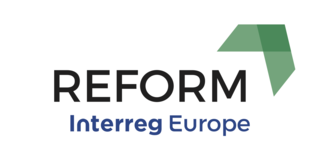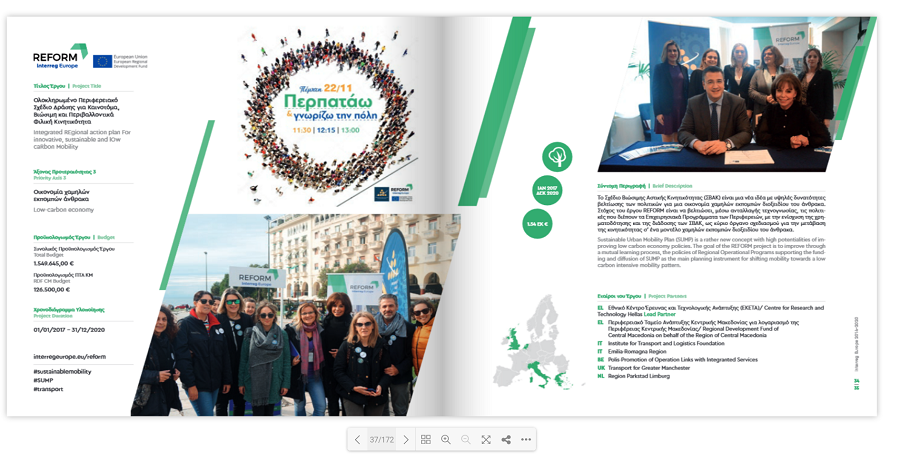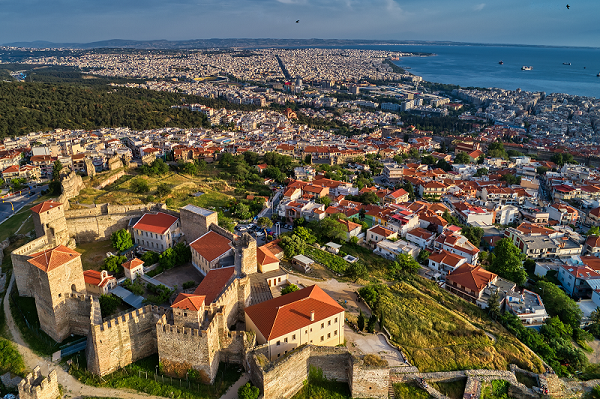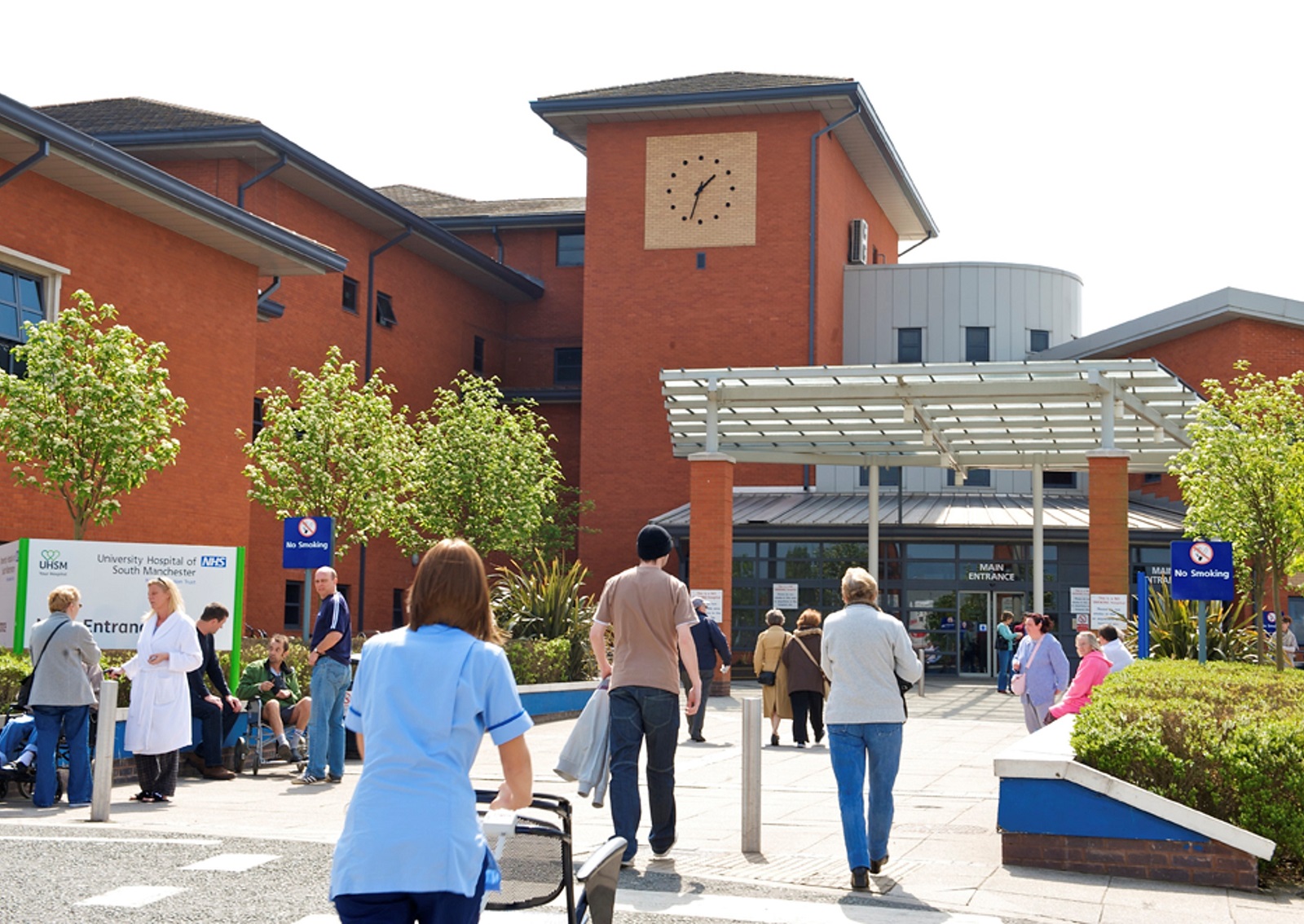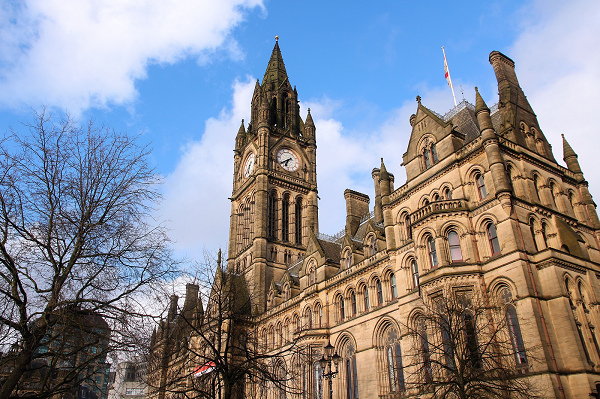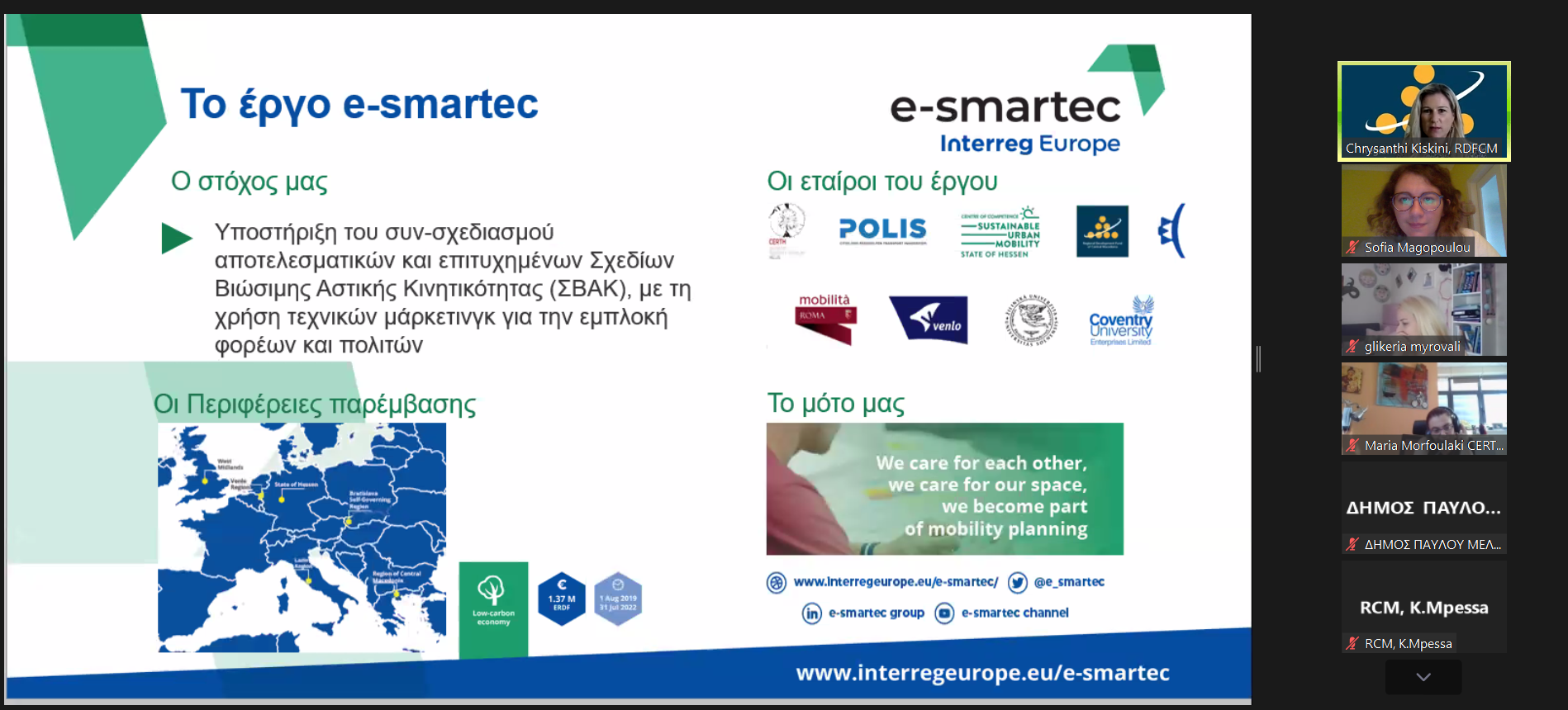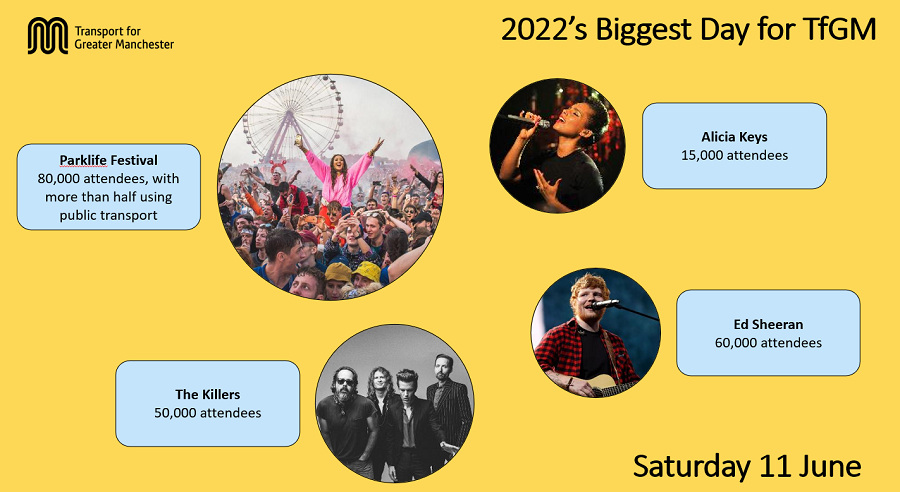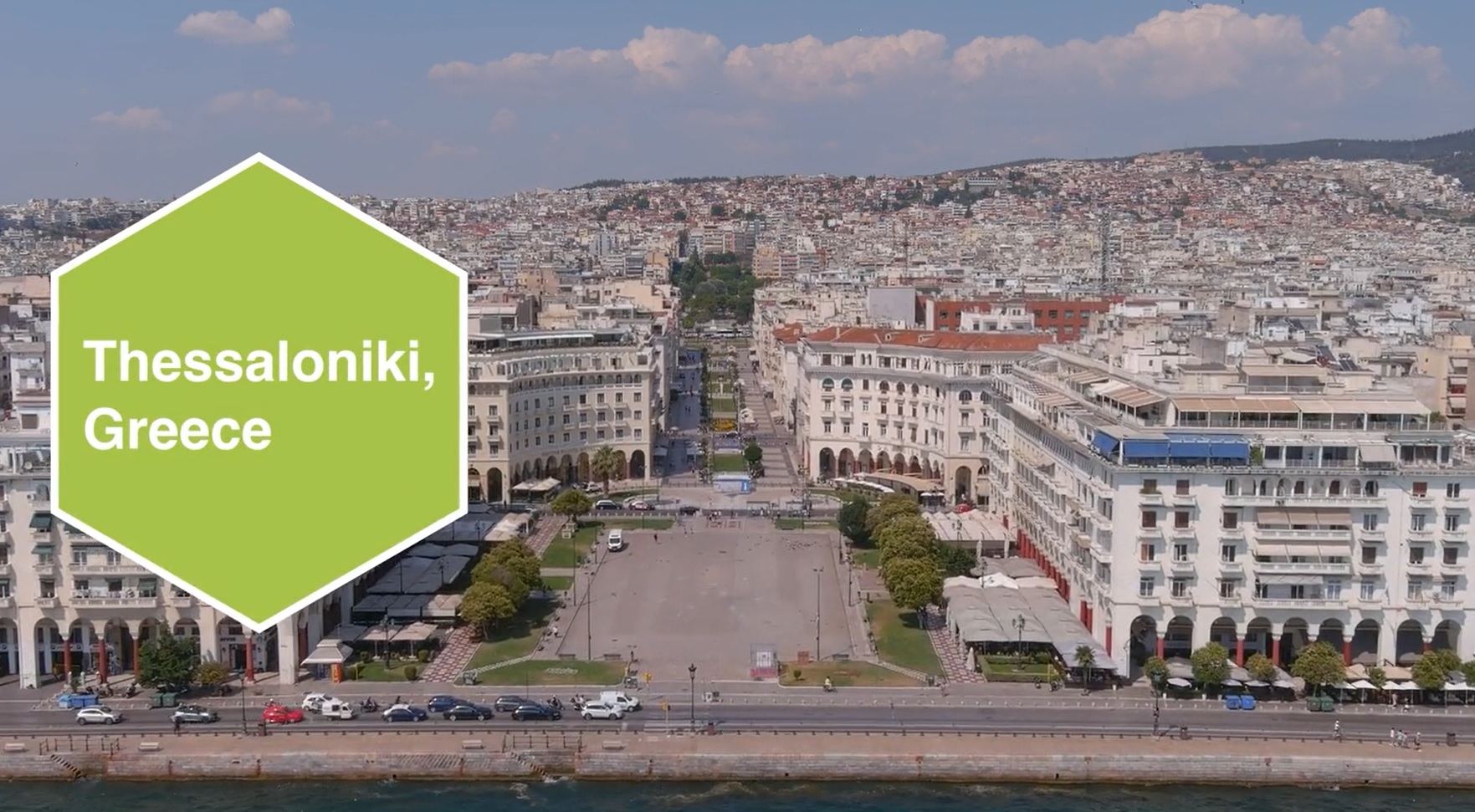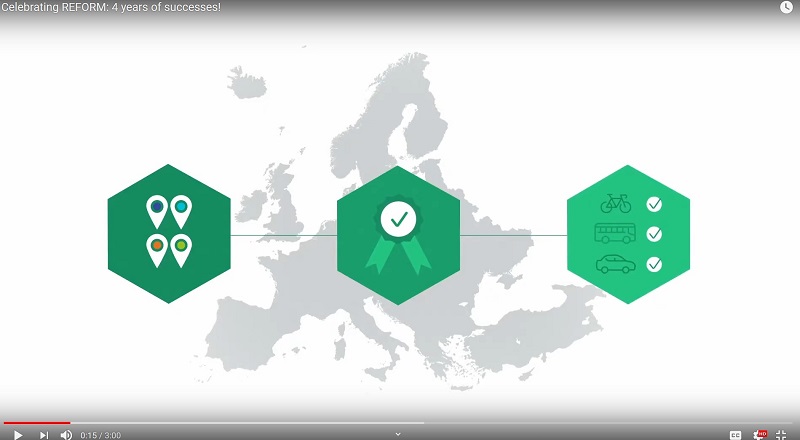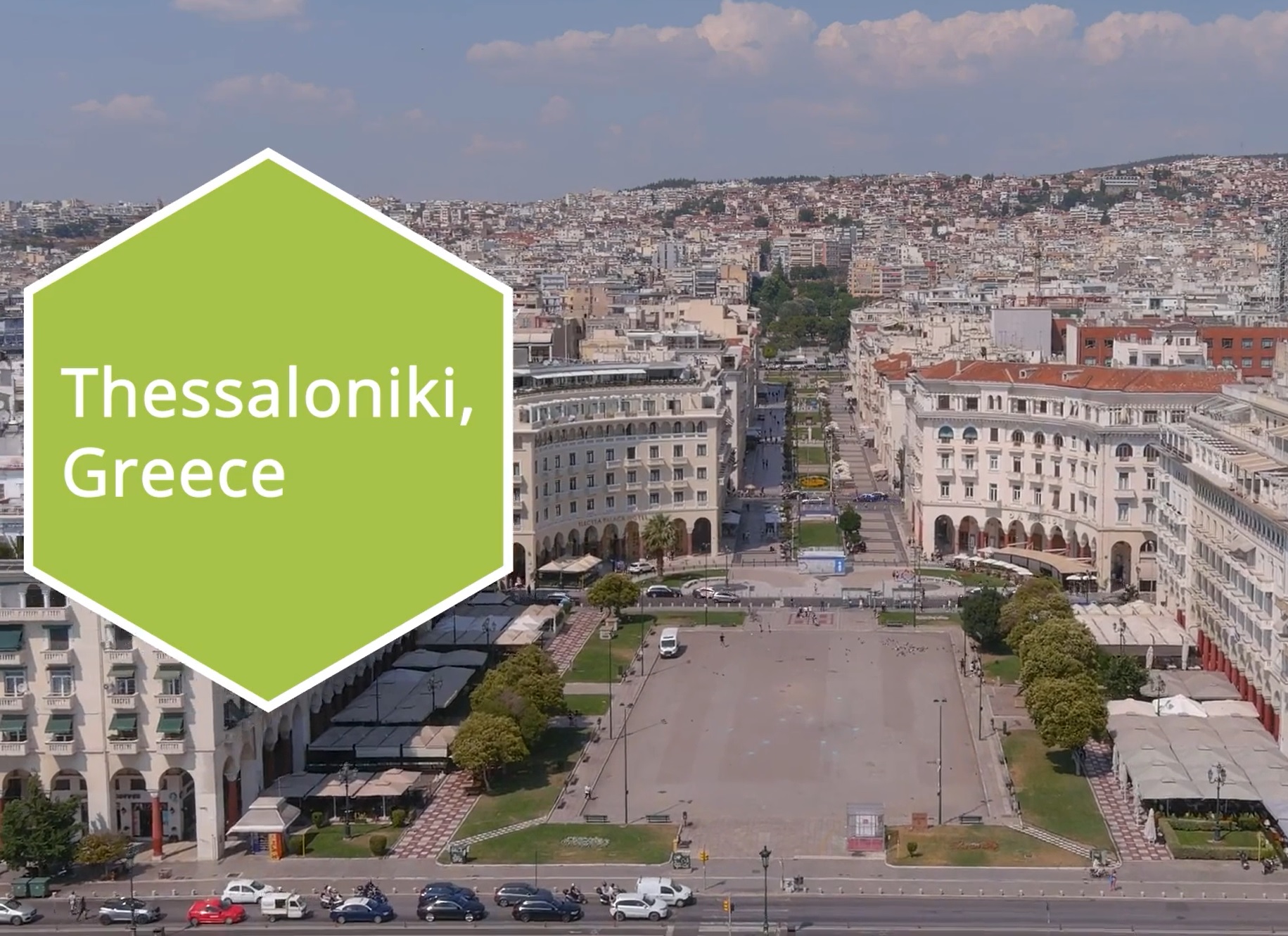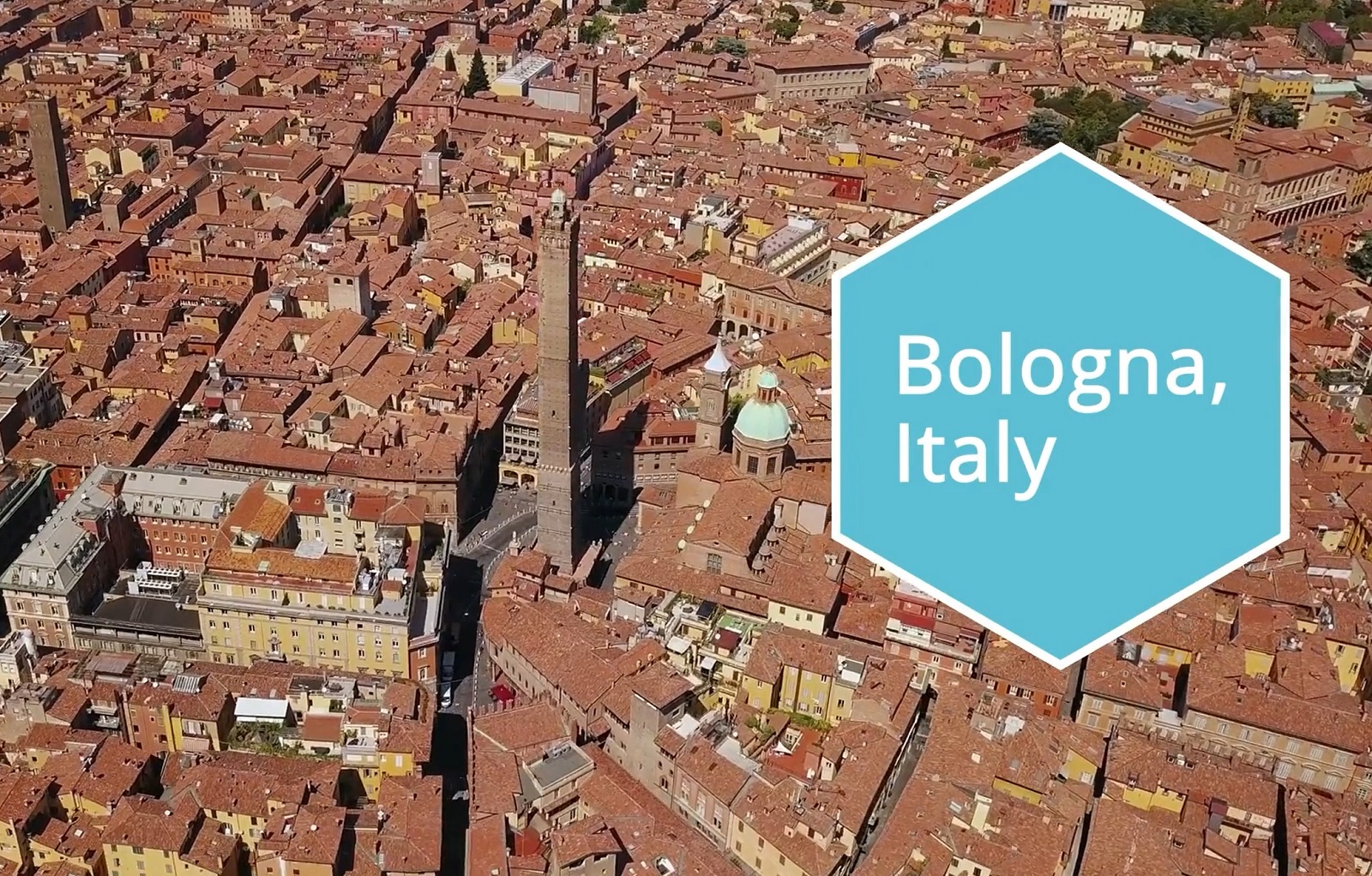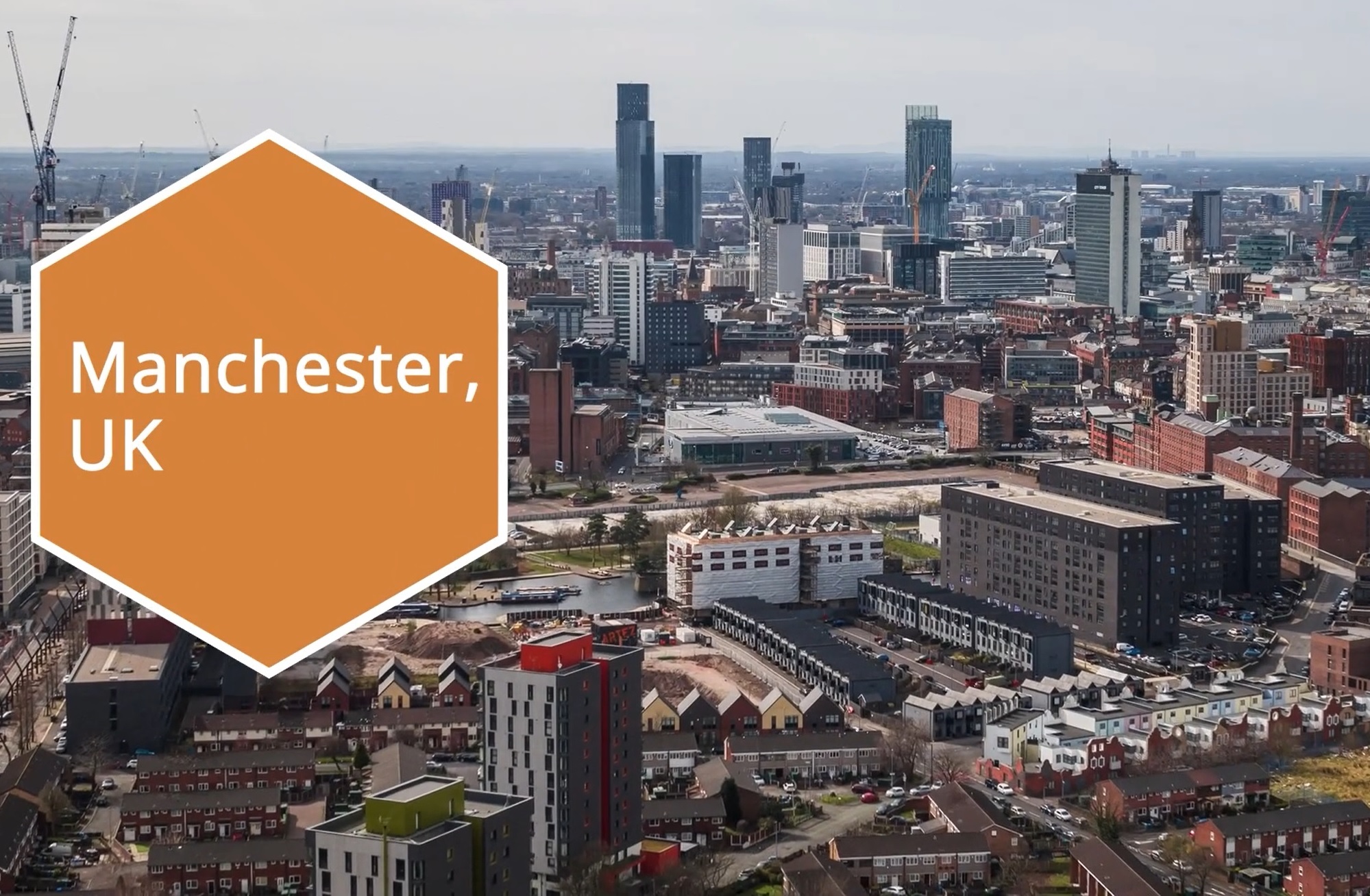This article is part of a series of best practices from the regions of Greater Manchester, Emilia Romagna and Central Macedonia, that showcase solutions to promote public transport, urban development and post-pandemic sustainable urban mobility and highlights the achievements and ingenuity of the stakeholders and administrations of these three regions. The aim of these updates is to inspire local practitioners to facilitate the post-COVID-19 recovery.
Institutional cooperation boosts quality of train connections
The COVID-19 pandemic has shaken the entire public transport sector in Italy and Europe. Lack of staff, new rules to counteract the health crisis and changed behaviour of passengers had a significant influence on the train schedules in the Emilia-Romagna region (RER) and in Italy as a whole. Even though regional cooperation on railway matters existed since 2008 in Emilia-Romagna in form of a train users group called ‘CRUFER’, the schedule of bi-annual meetings was not sufficient. RER decided to increase cooperation and bring the following major local and national railway actors together to join the CRUFER meetings on a regular basis:
• Italian railway operating service (Trenitalia)
• Italian rail infrastructure manager (Rete Ferroviaria Italiana: RFI)
• Emilia-Romagna passenger transport company(Trasporto Passeggeri Emilia-Romagna: TPER)
• Emilia-Romagna railway company (Ferrovie Emilia Romagna: FER)
The frequency of the meetings increased in 2020 to about 5-6 times per year and additional ad hoc meetings were held whenever necessary. This cooperation led to the coordination of:
• Supply and demand during certain times of the pandemic and according to national regulations and capacity limits, and therefore the handling of specific of train connections
• Reporting issues related to the service, and specifically safety measures (.e.g. non-compliance with anti-Covid19 measures) in the train stations and on board of trains
• Adapting train schedules according to user needs.
No more crowded buses in Bologna and Ferrara
Rules for occupancy rates of public transport services, like bus lines, changed quite often during the COVID-19 pandemic. Furthermore, a reduction of trust in public transport services was observed across Italy and Europe. This understandable reaction to the potential risk of catching the virus in a crowded bus is understandable. In order to follow nation-wide COVID-19 safety regulations and increase the confidence in the bus system, the TPER (bus operator in Bologna, Ferrara and the Emilia-Romagna Region) decided to introduce a real-time information regarding the occupancy rates via the local ‘RogER’ travel planner app.
Since November 2020, the app shows live occupancy information with a simple colour coded bus icon (in the colour scheme of a traffic light system) already five minutes prior to the buses arrival:
• Red: High occupancy rate
• Yellow: Medium occupancy rate
• Green: Low occupancy rate or empty buses
The ranges of three colours can be adapted by the administrator of the app (e.g. green being below a certain occupancy rate). Physical occupancy rate of a vehicle is translated into the occupancy rate for that specific bus. For example, if the legal maximum occupancy rate is 80%, it will be shown as ‘red’ in the app. The counting of physical occupancy is done using the anonymized signal that users’ smartphones send to find wifi networks. The bus IT system detects the signal and using a correction factor, estimates the number of passengers on board. The system refreshes this information every 40 seconds and can also distinguish between passengers that are on the bus and just bypassing pedestrians.
This effective measure to support the decision-making process of passengers was actually relatively inexpensive because it used already existent systems and internal resources were used. all buses were already equipped with wifi, thus, hardware updates were not necessary. All buses in Ferrara and Bologna are now fully functioning with this system, so they provide real time information over the capacity level. The overall feedback from users was positive.
Overall, given its limited timeframe of less than six months to set up the system, the Region of Emilia-Romagna and TPER are highly satisfied and considers it as a very transferable solution.
